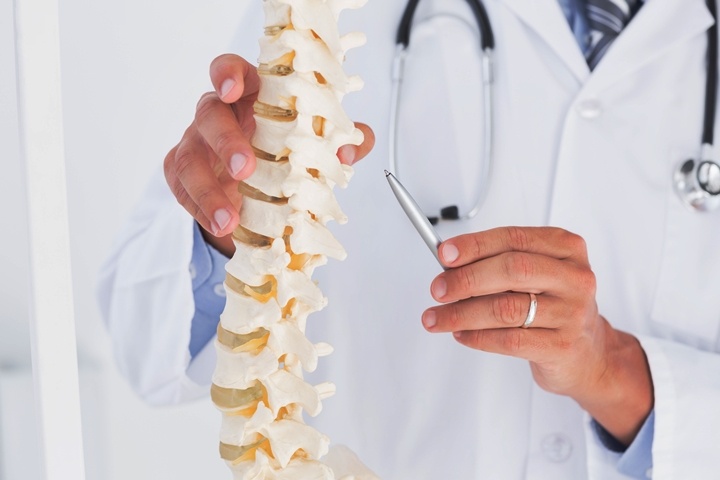
An American research team has developed an exciting new technology that uses stem cells to engineer large bone segments. The team, from the New York Stem Cell Foundation (NYSCF), calls the method Segmental Additive Tissue Engineering (SATE).
SATE allows doctors to create segments of bone from stem cells and combine those segments to form personalised bone grafts. It is expected that this new procedure will help patients who have a serious bone disease like osteoarthritis or have suffered a traumatic injury to their bones.
The procedure is a major step forward as existing treatments for segmental bone defects are quite poor. The usually involve substantial surgery with the risk of serious complications.
Bone engineering is a form of regenerative medicine that uses stem cells to create bone segments that precisely meet the geometrical requirements of the patient. In this case, it combines traditional bone engineering techniques with stem cell-based tissue engineering techniques. The researchers have already successfully tested the approach on a rabbit with a femoral bone defect.
The procedure begins by making a digital reconstruction of how the patient’s bone should look. This digital model is cut into segments with a thickness that is appropriate for tissue creation with stem cell-derived mesodermal progenitors (iPSC-MPs). Segments of bone are then created and combined.
The researchers are very hopeful about the potential uses of the technology, saying: “We are hopeful that SATE will one day be able to improve the lives of the millions of people suffering from bone injury due to trauma, cancer, osteoporosis, osteonecrosis, and other devastating conditions.” More clinical trials are required to test the efficacy and safety of the technique.
Source: New Stem Cell–Based Bone Engineering Technique Advances Regenerative Medicine
{{cta(‘bc562991-216f-4d16-95b1-84ff9d2242c7’)}}


